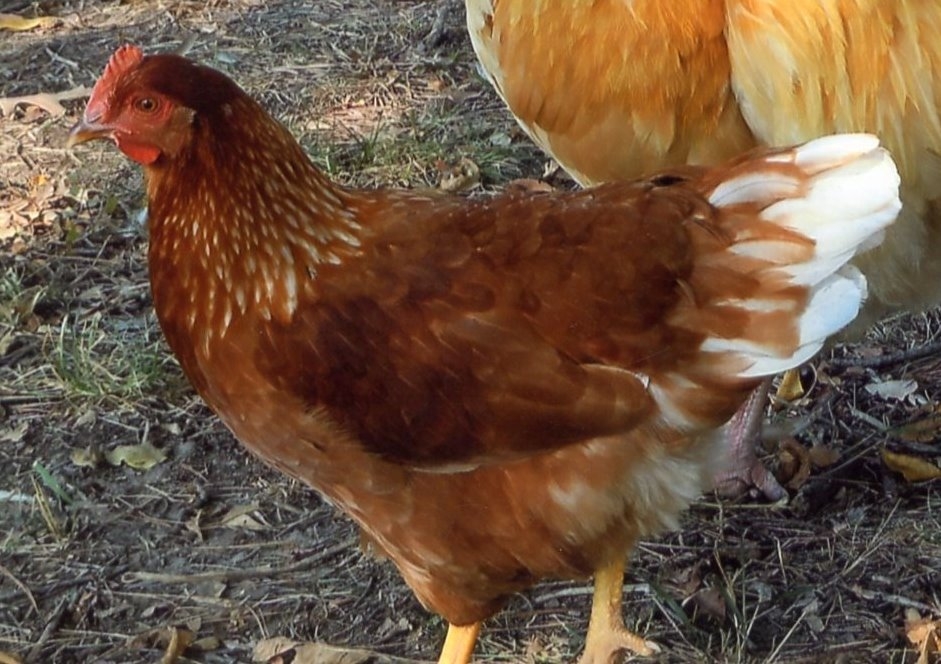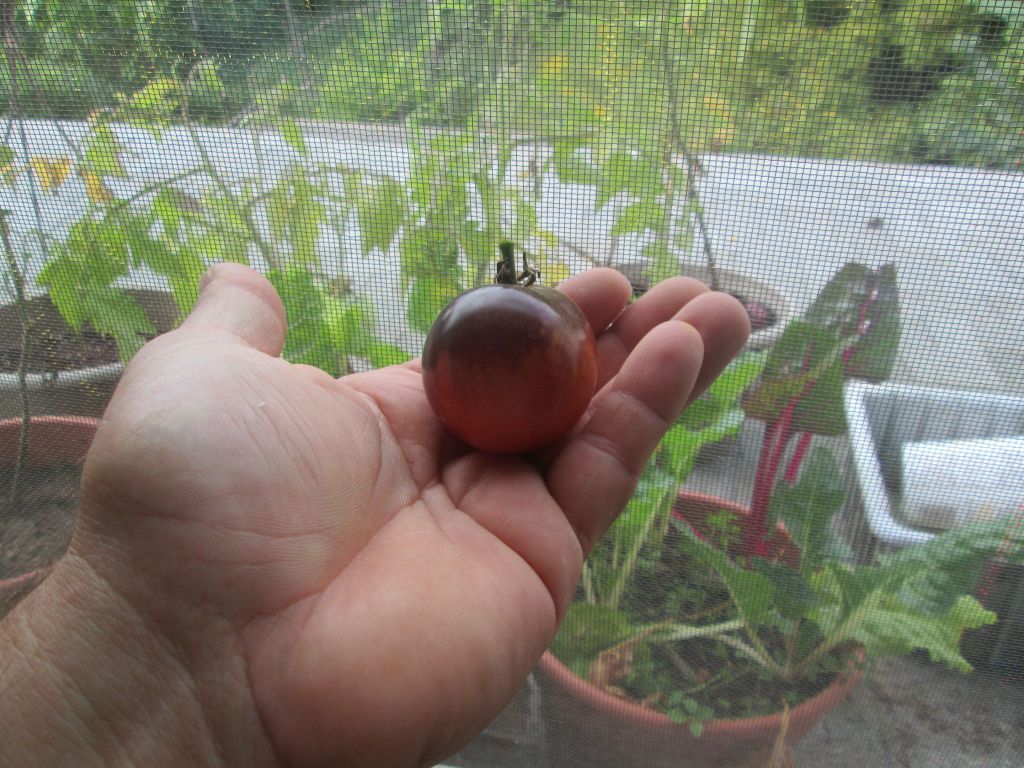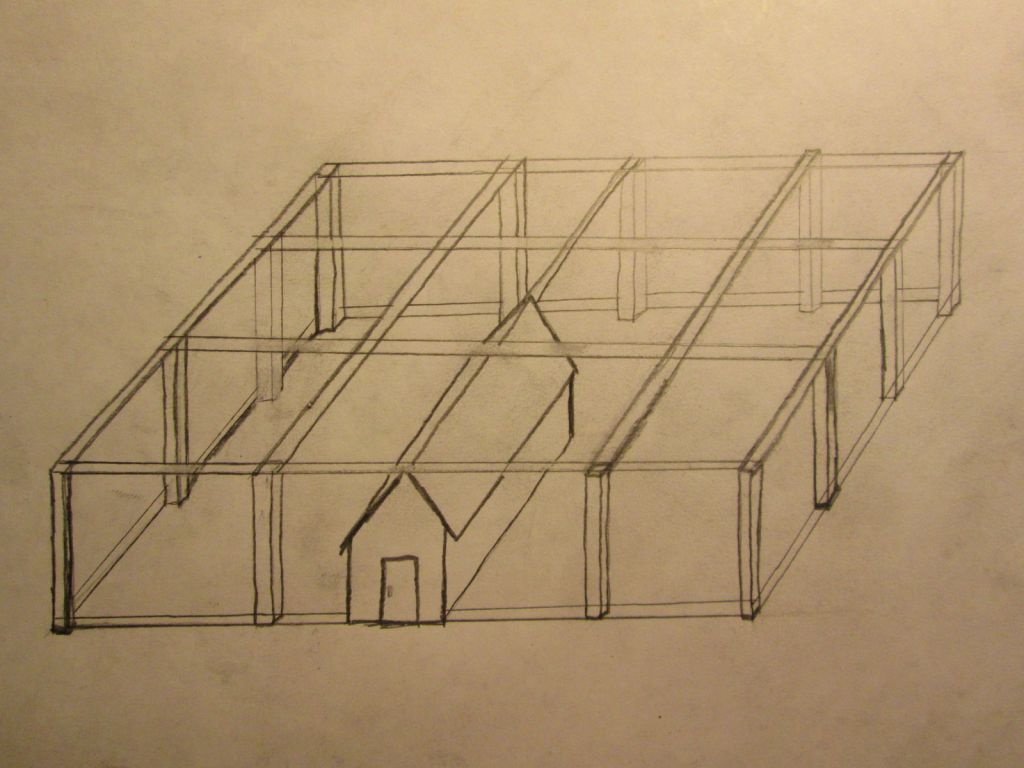(Here’s a link to the video for those reading this on Facebook. I’m not sure why embedded videos don’t appear when the feed picks up these blog posts.)
This guy is talking my language. The former owners of our house on Woodland left behind a bunch of machine parts, including several electric motors, small gas engines, pulleys, belts, and–not least of all–a fire engine chassis. I’ve marveled at these things, mentally taking them apart and imagining how I could re-purpose this or that part to make my farm work easier or more efficiently. Most people look at this stuff, and the only value they see, if any, is what I can get for it from a scrap yard. I look at it and see a fully-stocked parts warehouse.
Already, I’ve salvaged a screen door and some metal pegboard panels to use in the (re-)construction of a new hen house. I also recently got an old electric mill working and used it to grind some corn and sunflower seeds for the chickens. I’ve found various tools there–wrenches and saws and the like–that I’ve used to perform numerous tasks that I couldn’t have done without them.
I could really, really use an egg-washing machine along the lines of a Sani-Touch/Aquamagic, but I read somewhere that a new unit costs around $6,000…which is just about an entire year’s egg sales for me, if things go well. I saw on their website, though, that they sell all the parts. I used to work as a conveyor mechanic, and this machine is essentially a conveyor that takes eggs for a ride through a set of sprayers and nylon brushes. I figured if I could find a usable motor at Woodland and make the frame and table from scrap metal–maybe from the fire engine and various shelving parts–I may be able to build a suitable egg washer with just a few hundred dollars worth of parts from the manufacturer. Finding time to draw up plans, clean a place to put the machine, and install wiring sufficient to run it is something else entirely.
I did my first tilling of the year this evening, and as usual, the tiller is performing sub-optimally despite having just been “fixed” by a repair shop. (I took it to a different one this year.) After three years, I’ve probably spent as much, if not more, in repairs than I spent to buy the used tiller in the first place. I’ve considered replacing it, but most of the newer ones don’t have some of the features I like about this tiller. It really would be a nice tiller…if only the engine worked reliably. Most of the machines best adapted to the work I want to do aren’t made anymore, or they’re made by only one company that charges an exorbitant amount.
It occurs to me that if I want a machine made a particular way, I may just have to build it myself. And with a pile of scrap metal, just enough mechanical and electrical experience to be dangerous, a number of machine shops in town, and the Internet at my disposal, there’s no reason I shouldn’t be able to do so, especially if I ever actually get a welder and a cutting torch.
That’s the same conclusion Marcin Jakubowski reached after his tractor broke down a couple times. He, I, and many others have found that equipment sold to American farmers is made for giant-scale, industrial agriculture. If you want to do things on a smaller, more sustainable scale, you have to either find antique machinery or fabricate something yourself. Appropriately designed machinery exists; they just don’t sell it here. Want a well-constructed treadle pump? You’ll have to order it from Africa. Affordable oil seed presses, hand pumps, bicycle-powered machinery, mini-harvesters, and so on? Try India, Mexico, or Southeast Asia. The irony is that most of these are designed by Americans and Europeans, but they’re often part of groups organized to help poor people in developing nations, and they won’t sell their products in the United States or Canada. It never occurred to these designers, apparently, that there are poor farmers right here in North America who’d like to grow food without being in debt for the rest of their lives.
Interestingly, this has created a whole other, parallel wave of innovation right here. Branden Jaeger and Michelle Ajamian of Shagbark Seed & Mill Company in Athens, Ohio, have collaborated with farmers in their area and a machine shop in Westerville to produce equipment suitable for producing and harvesting staple crops on small, irregularly-shaped plots. They had to do it from the ground up, because equipment like this simply isn’t sold in this country. The default assumption of John Deere and the like is that grains are supposed to be grown on massive plots in the Great Plains, not on two-acre plots in hill country. Gene Logsdon, in his legendary book on small-scale grain growing, showed plans for hooking several Earthway seeders together to form a multi-row corn planter. And it’s not only Ohio that has inventive farmers. In the most recent issue of Countryside Magazine, a farmer in Maine named Benjamin Hoffman relates how he built a small grain drill out of an aerator seeder built to be pulled behind a lawn tractor.




